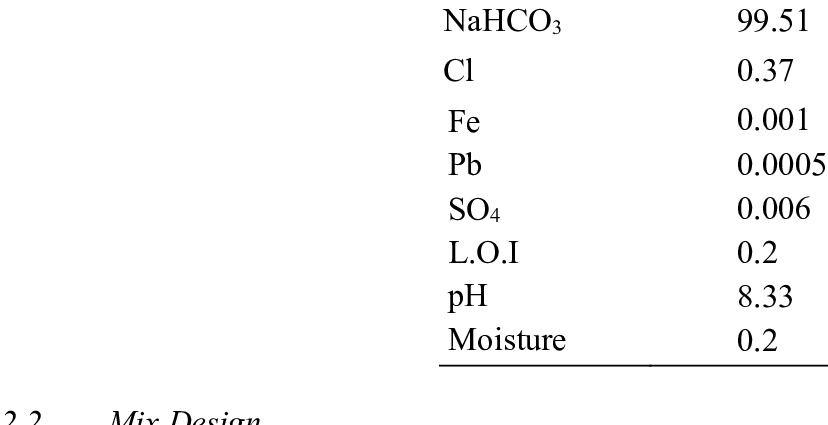Contents
Bicarbonate analysis
Definition of bicarbonates
The ions bicarbonates (HC03—) are present in the blood: they play a major role in the pH regulation. They are the body’s main “buffer”.
Thus, their concentration in the blood is directly proportional to the pH. It is mainly the kidneys that regulate the concentration of blood bicarbonates, promoting their retention or excretion.
To regulate the pH, the bicarbonate ion HCO3— combines with the H ion+ to give water and CO2. The pression en CO2 in arterial blood (Pa CO2), or capnia, or the partial pressure exerted by the CO2 dissolved in the arterial blood, is therefore also an indicator of acid-base balance. It is measured during the analysis of blood gases.
Bicarbonate ions are basic: when their concentration increases, the pH also increases. Conversely, when their concentration decreases, the pH becomes acidic.
In a healthy person, the blood pH is very stable: 7,40 ± 0,02. It must not drop below 6,6 nor rise above 7,7, which is incompatible with life.
Why do a bicarbonate analysis?
The dosage of bicarbonate ions makes it possible to evaluate the acid-base balance of the blood. It is carried out at the same time as the analysis of blood gases, when the doctor suspects the presence of an acid-base imbalance (acidosis or alkalosis). This may be the case in the presence of certain symptoms, such as:
- altered state of consciousness
- hypotension, low cardiac output
- respiratory disorders (hypo- or hyperventilation).
- Or in less serious situations such as abnormal digestive or urinary losses or electrolyte disturbances.
The review of bicarbonates
The blood test consists of a sample of venous blood, usually at the fold of the elbow. No preparation is necessary.
What results can we expect from an analysis of bicarbonates?
The analysis makes it possible to diagnose the presence of acidosis or a alkalosis. The pH measurement will allow you to see if there is hyperacidemia (defined as a pH value below 7,35) or hyperalcalemia (pH value above 7,45).
Measurement of bicarbonate ions and PaCO2 then allows to determine if the disorder is of metabolic origin (abnormality of bicarbonates) or respiratory (abnormality of PaCO2). Normal values for bicarbonates are between 22 and 27 mmol / l (millimoles per liter).
A decrease in the concentration of bicarbonate ions below normal values results in metabolic acidosis. Acidosis is linked to an excess of H + ions. In case of metabolic acidosis, there will be a decrease in the concentration of bicarbonate ions (pH <7,35). In respiratory acidosis, it is the increase in the partial pressure of CO2 which will be responsible for the increase in H + ions.
Metabolic acidosis may be due, among other things, to an abnormal loss of bicarbonates due to diarrhea or physiological saline infusion.
Conversely, an increase in the concentration of carbonate ions leads to a metabolic alkalosis (pH> 7,45). It can occur in the event of excessive administration of bicarbonates, severe vomiting or loss of potassium (diuretics, diarrhea, vomiting). Hyperaldosteronism may also be involved (hypersecretion of aldosterone).
Respiratory alkalosis, for its part, corresponds to an isolated decrease in the partial pressure of CO2.
Read also : All about hypotension |










